"Caption with Intention": Where Accessibility Becomes Storytelling
- Divya Thakur

- Jul 3
- 4 min read
Winner of the Grand Prix – Digital Craft & Design, Cannes Lions 2025
(Source: Cannes Lions 2025 Winners List)
For decades, film evolved sound sharper, visuals more immersive. But one element lagged behind: captions. For over 430 million people globally with disabling hearing loss, captions weren’t just outdated they were exclusion in disguise. (World Health Organization, 2023, WHO Hearing Loss Factsheet)
Flat white text, static at the bottom of the screen. No tone. No speaker clarity. No emotion.
That changed with “Caption with Intention”, a fresh initiative by the Chicago Hearing Society, in collaboration with FCB Chicago, Rakish Entertainment, and backed by the Academy of Motion Picture Arts and Sciences. (Chicago Hearing Society Press Release | Academy Sci-Tech Awards 2025)
This wasn’t just an accessibility update. It was a behavioral, emotional, and creative transformation.
The Behavioral Blindspot
Traditional captions worked…….technically. But they lacked human-centered design. Through a behavioral science lens, they failed on three fronts:
Cognitive Overload: Viewers had to guess tone, speaker identity, and pacing. That’s mentally draining. (Sweller, J. (1988). "Cognitive Load During Problem Solving")
Low Emotional Resonance: Flat captions missed dramatic tension, humor, urgency all the subtle cues hearing audiences feel. (Kahneman, D. (2011). Thinking, Fast and Slow)
Minimal Engagement: Without emotional immersion, viewer connection and memory fades. (Norman, D. (2004). Emotional Design: Why We Love (or Hate) Everyday Things)
The system was compliant, but not compassionate.
The Innovation
“Caption with Intention” reimagines captions as storytelling. Here’s how it works:
Color-coded dialogue to instantly differentiate characters
Animated text styles that express tone (e.g., trembling for fear, bold for shouting)
Dynamic timing and pacing that match speech rhythm
Typography variation to distinguish dual personas (e.g., Bruce Wayne vs. Batman)
Seamless integration into existing captioning workflows without violating FCC or global accessibility standards
(Cannes Lions Case Study Deck 2025 | FCC Closed Captioning Guidelines)
This means users no longer guess who is speaking or what they’re feeling, they see it. And feel it.
The Science Behind the Storytelling
Behavioral Design Frameworks at Work: (Behavioural Insights Team, UK, 2014, EAST Framework)
EAST Model (Easy, Attractive, Social, Timely):
Easy: Word-by-word syncing eases mental effort
Attractive: Typography and color boost visual salience
Social: Color fosters character recognition and connection
Timely: Synchronization matches speech, maintaining story flow
Fogg Behavior Model: (Fogg, B.J. (2009). Creating Persuasive Technologies)
Ability rises as confusion drops
Motivation increases when people feel emotionally included
Prompt becomes organic through animation and visual rhythm
Don Norman’s Emotional Design: (Norman, D. (2004). Emotional Design)
Emotional experience becomes memorable. Viewers feel with their eyes.
Real Scenes, Real Impact
In user testing with iconic films- Forrest Gump, The Dark Knight, Pulp Fiction, Barbie, audiences reported feeling like they were truly “seeing the film for the first time.”
“I’ve seen Forrest Gump many times. But now I’m like… wow. I felt the scenes for the first time.”
(Campaign interview with hard-of-hearing participants, as documented in Cannes Lions Case Study 2025)
It’s not just captioning. It’s connection.
What makes this campaign even more powerful is its open-source ethos. Studios, platforms, and educators are encouraged to freely adopt the system. It’s already:
Academy-recognized (eligible for Best Picture standards from next year)
Modular and easily inserted into existing caption tools
Scalable, with live and multilingual support underway
“Caption with Intention” isn’t just a cinematic leap. It’s a design mindset every learning platform, corporate training team, and online educator must adopt. It makes invisible barriers visible. And then gently, beautifully, it removes them.
When inclusion becomes part of the story not an add-on to it, we don’t just improve access. We enrich the entire experience.
In learning, in cinema, in design: captioning can be more than text. It can be intention.
References
Cannes Lions International Festival of Creativity. (2025). 2025 Winners List – Digital Craft & Design Grand Prix. Retrieved from https://www.llllitl.fr/2025/06/cannes/
World Health Organization (WHO). (2023). Deafness and hearing loss. Retrieved from https://www.who.int/news-room/fact-sheets/detail/deafness-and-hearing-loss
Chicago Hearing Society. (2025). Press Release: Caption with Intention Campaign Launch. Retrieved from https://chicagohearingsociety.org
Academy of Motion Picture Arts and Sciences. (2025). Scientific and Technical Awards Honorees. Retrieved from https://www.oscars.org/sci-tech
Sweller, J. (1988). Cognitive load during problem solving: Effects on learning. Cognitive Science, 12(2), 257–285.
Kahneman, D. (2011). Thinking, fast and slow. New York: Farrar, Straus and Giroux.
Norman, D. A. (2004). Emotional design: Why we love (or hate) everyday things. Basic Books.
Federal Communications Commission (FCC). (n.d.). Closed captioning standards and guidelines. Retrieved from https://www.fcc.gov/consumers/guides/closed-captioning-television
Behavioural Insights Team (UK). (2014). EAST: Four simple ways to apply behavioural insights.
Fogg, B. J. (2009). Creating persuasive technologies: An eight-step design process. Stanford University, Persuasive Technology Lab.
Cannes Lions Case Study Deck. (2025). “Caption with Intention” Full Campaign Documentation. Internal Access/Published via [Cannes Lions Archive or Campaign Website]
Campaign Interviews. (2025). User Testimonials and Testing Feedback – Caption with Intention. Referenced in Cannes Lions Case Study.




Comentarios